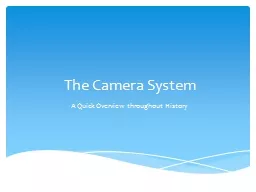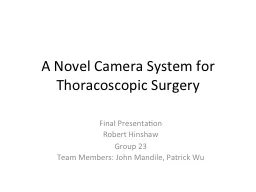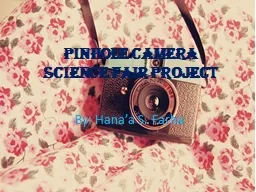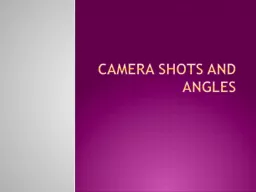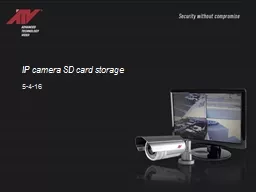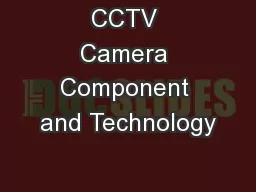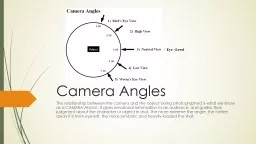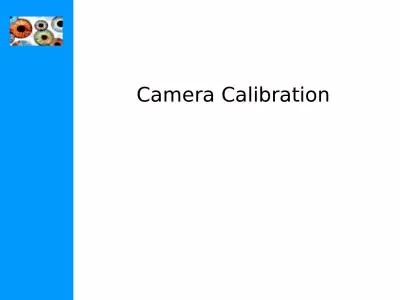PPT-The Camera System
Author : celsa-spraggs | Published Date : 2016-08-08
A Quick Overview throughout History In its simplest form a camera as a device has three interacting systems A viewingFocusing system A light control system Image
Presentation Embed Code
Download Presentation
Download Presentation The PPT/PDF document "The Camera System" is the property of its rightful owner. Permission is granted to download and print the materials on this website for personal, non-commercial use only, and to display it on your personal computer provided you do not modify the materials and that you retain all copyright notices contained in the materials. By downloading content from our website, you accept the terms of this agreement.
The Camera System: Transcript
Download Rules Of Document
"The Camera System"The content belongs to its owner. You may download and print it for personal use, without modification, and keep all copyright notices. By downloading, you agree to these terms.
Related Documents

